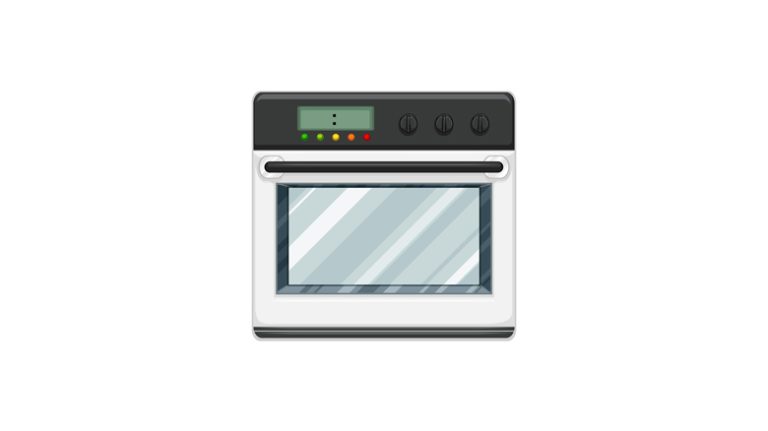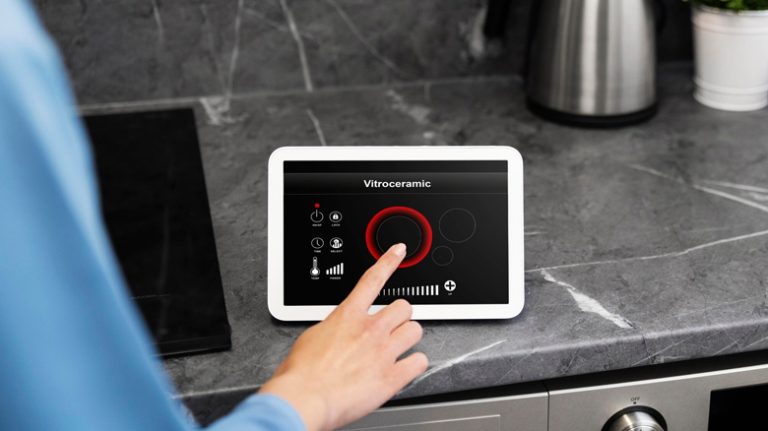Keurig Coffee Machine Not Working: Troubleshooting Tips to Get Your Brewer Back in Action
When your Keurig coffee machine stops working, it can throw a wrench into your morning routine. Few things are more frustrating than pressing the brew button and getting nothing—no coffee, no water, just silence or a weak dribble. If you’re facing this issue, you’re not alone. Keurig coffee makers are beloved for their convenience, but like any appliance, they can encounter problems over time. Whether it’s a clogged needle, a power issue, or a need for descaling, this guide will walk you through practical solutions to fix your Keurig and restore your caffeine fix. Let’s dive into why your Keurig isn’t working and how to troubleshoot it effectively, with actionable steps tailored to the most common culprits.
Why Your Keurig Coffee Machine Isn’t Working: Common Causes
Before jumping into fixes, it’s helpful to understand why your Keurig might be malfunctioning. These single-serve brewers rely on a combination of water pumps, heating elements, and precise mechanics to deliver that perfect cup. When one part fails, the whole system can stall. The most frequent reasons include mineral buildup (limescale), clogged needles, air bubbles in the water line, power supply issues, or misaligned components. Each of these can manifest as your machine refusing to brew, leaking water, or simply not turning on. Knowing the root cause makes troubleshooting faster and more effective, so let’s tackle each scenario step-by-step.
Step 1: Check the Basics—Power and Setup
Start with the simplest checks—sometimes the fix is right in front of you. Ensure your Keurig is plugged into a functioning outlet. Test the outlet with another device, like a lamp or phone charger, to rule out electrical issues. If the outlet works but your machine doesn’t power on, inspect the cord for damage. A frayed or loose connection could be the problem. Next, confirm the water reservoir is securely seated. A misaligned tank can prevent the machine from detecting water, halting the brewing process. Remove it, wipe the connectors dry, and reattach it firmly. These quick checks often resolve minor glitches without further effort.
Step 2: Reset Your Keurig Coffee Maker
If the power’s fine but your Keurig still won’t brew, a reset might clear any internal hiccups. Keurig machines don’t have a dedicated reset button, but a manual power cycle works just as well. Turn off the machine using the power button (if it’s responsive), then unplug it from the wall. Let it sit for at least 30 seconds—longer if possible, up to a few minutes—to drain residual power and reset the internal computer. Plug it back in, turn it on, and try brewing a cup of hot water (no K-Cup). This simple reboot can fix issues like unresponsiveness or erratic behavior, getting your brewer back on track.
Step 3: Descale to Remove Mineral Buildup
One of the top reasons a Keurig stops working is limescale buildup from hard water. Over time, calcium and other minerals accumulate in the water lines, pump, and heating element, causing clogs or weak brewing. If your machine is slow, dispensing less coffee, or showing a “descale” light, it’s time to clean it. Use a descaling solution (Keurig sells its own) or a mix of equal parts white vinegar and water. Fill the reservoir with the solution, run multiple brew cycles without a K-Cup until it’s empty, then rinse thoroughly with fresh water (another few cycles). Descaling every 3-6 months prevents these issues and keeps your coffee tasting fresh.
Step 4: Unclog the Needles
A clogged needle is another common culprit when your Keurig won’t brew properly. The exit and entrance needles puncture the K-Cup to let water flow through, but coffee grounds or debris can block them. If your coffee is weak, grounds are in your cup, or nothing comes out, this is likely the issue. Power off and unplug the machine. Lift the handle to access the needle assembly. Use a straightened paper clip or Keurig’s maintenance tool (if included) to gently clear the holes. Be cautious—sharp edges can nick you. Clean the K-Cup holder too, rinsing it under water to remove buildup. Test with a water-only brew afterward.
Step 5: Clear Air Bubbles from the Water Line
If your Keurig isn’t pumping water or only brews partially, air bubbles might be trapped in the system. This often happens after refilling the reservoir or moving the machine. Unplug it, remove the water tank, and gently shake the brewer or tap its base to dislodge trapped air. You can also turn it upside down briefly (over a sink) to let excess water drip out. Reattach the reservoir, plug it in, and run a water-only cycle. This should restore proper water flow, fixing issues like the dreaded “prime” error or inconsistent brewing.
Step 6: Inspect for Leaks or Hardware Issues
Leaking water is a telltale sign something’s amiss. Check the reservoir for cracks or a worn O-ring (the rubber seal at the bottom). A damaged tank or seal can cause water to spill instead of brew. If it’s intact, ensure it’s aligned correctly—misplacement can lead to leaks during preheating or brewing. If the leak persists, examine the needle gasket or internal hoses (though this requires disassembly, which isn’t recommended unless you’re handy). Persistent leaks might signal a hardware failure, pointing to the next step: contacting support.
Step 7: When All Else Fails—Contact Keurig Support
If you’ve tried everything and your Keurig still won’t work, it could be an internal issue like a faulty pump or heating element. Keurig’s customer service (1-866-901-2739) is your next stop. Have your model number and purchase date ready—most machines come with a one-year warranty, extendable to two years if connected to the Keurig app. They may offer troubleshooting over the phone, send replacement parts, or provide a new unit if under warranty. Don’t toss it yet—support often resolves issues you can’t fix alone.
Extra Tips to Prevent Keurig Problems
Prevention beats repair every time. Use filtered or bottled water instead of tap water to reduce mineral buildup—distilled water isn’t ideal as it lacks minerals the machine needs to function. Clean the needles and K-Cup holder monthly to avoid clogs. Store your Keurig upright and avoid moving it with water inside to prevent air locks. Regular maintenance keeps your brewer humming and your coffee tasting great, saving you from future headaches.
Related Issues and Solutions
What if your coffee tastes off? Scale or old grounds might be to blame—descale and clean thoroughly, and check K-Cup expiration dates. Machine stuck on preheating? Unplug it, shake out air bubbles, and retry. Grounds in your cup? A clogged exit needle is likely—clean it with a paper clip. These related problems often tie back to the core fixes above, reinforcing the importance of routine care.
Final Thoughts: Get Brewing Again
A Keurig coffee machine not working doesn’t have to ruin your day. From power resets to descaling and needle cleaning, most issues have straightforward fixes you can handle at home. Start with the basics, work through the steps, and lean on Keurig support if needed. With a little effort, you’ll be sipping your favorite brew again in no time. Have a persistent problem or a fix that worked for you? Share your experience below—your tip might help another coffee lover out of a jam!



